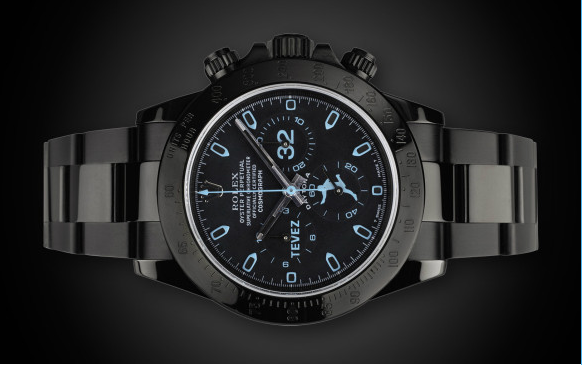“High Street” is struggling for survival amid the influx of online stores, suggests a recent report by Awin. The survey revealed that 39% of consumers think that their shopping habits will not be affected even if all the physical storefronts are closed. This is a typical response of a consumer living in developed markets such as the United States and Europe where almost 69% of shoppers use online channels for shopping. If this online shopping trend continues, it is likely that advancing technology may eventually shut down physical stores.
Already thousands of retail stores are closing in the United States and Europe; however, some of these brands have adapted modern technology to survive. For instance, Macy’s has reinvented its stores with AR and VR technologies that allow visitors to place Macy’s furniture inside their homes using a photo of shoppers home. As a result, the overall basket-size of a typical shopper has increased 60% compared to non-VR furniture that does not use such a technology.
MemoMi, a luxury brand, also generated a lot of buzz by introducing virtual changing rooms where store visitors can try new clothing without undressing. In fact, their VR solution also allows individuals to add accessories and change clothing colors without trying such items. All this is done by standing in front of a mirror.
Timberland has also introduced virtual fitting rooms for the client. Just like MemoMi, visitors can try a variety of clothes using hand gestures. They can also share their experience and clothing on social media. According to the company representative, the virtual experience has definitely increased sales by prompting consumers to try different items from the range.
Zara, another popular fashion brand, has introduced the initiative in a different style. Instead of trying the outfit, visitors at Zara stores can hold up their cell phones to store windows, where models come to life wearing the desired outfit. The two-week initiative was rolled out across 120 different outlets. If test results are positive, the company aims to make it a permanent feature of its display in the near future.
While technology is often seen as the most significant reason for dwindling sales of physical stores, it can also be its savior, if used correctly. According to Goldman Sachs forecast, VR market is set to reach $1.6 billion in the next six years. If growth predictions are true, consumers may become interested in enjoying a more immersive experience where they can try different outfits, and be close to the actual product.
Dil Bole Oberoi





